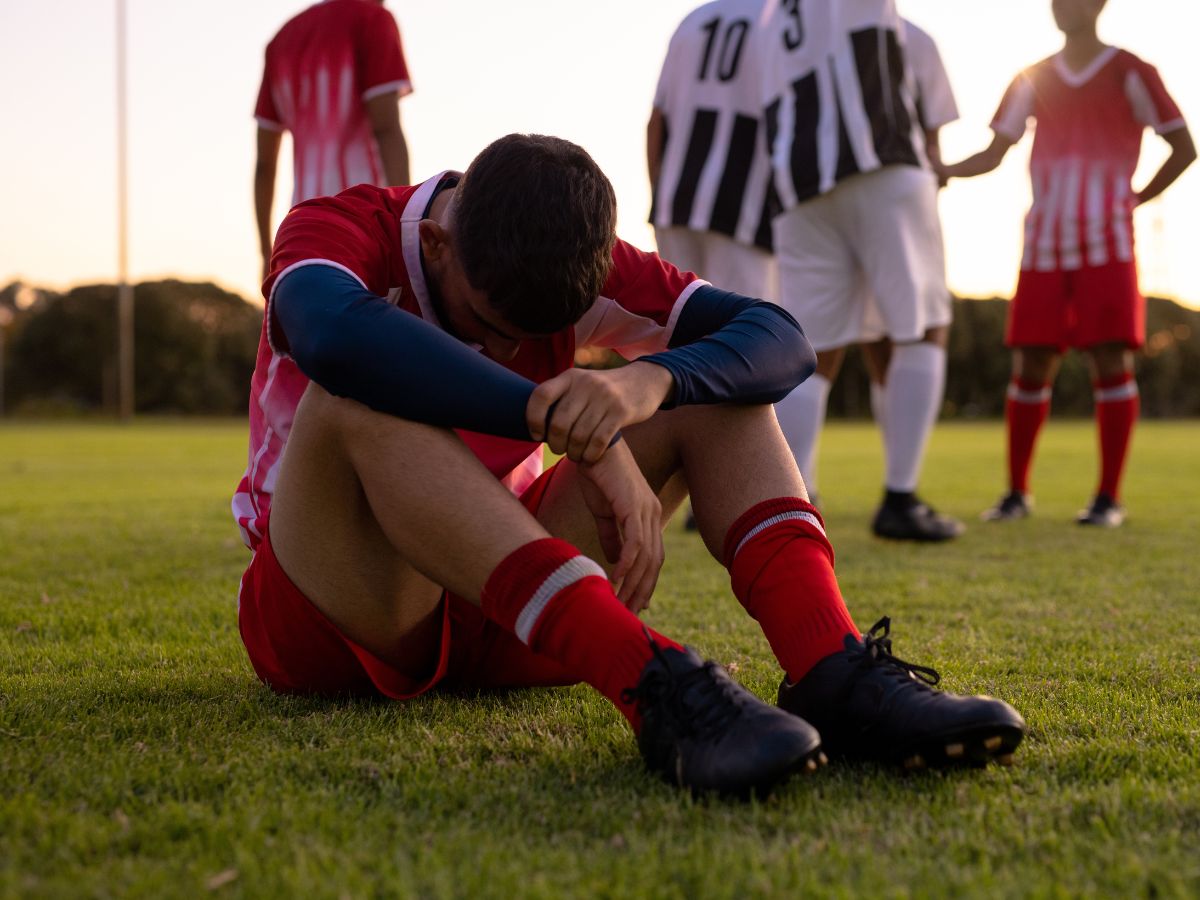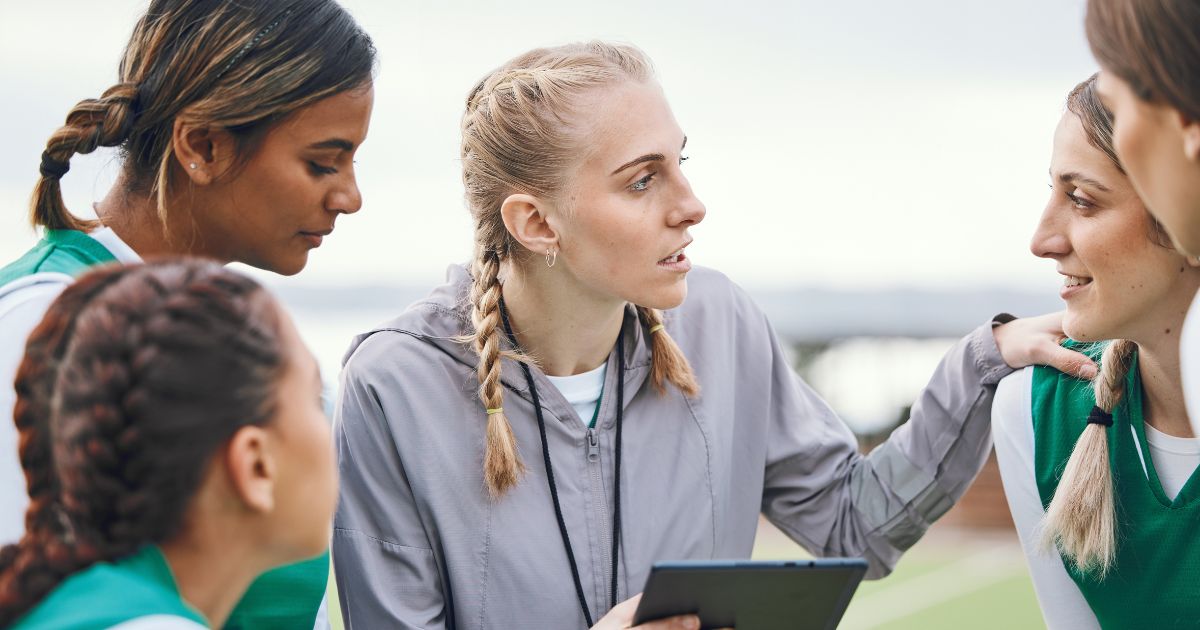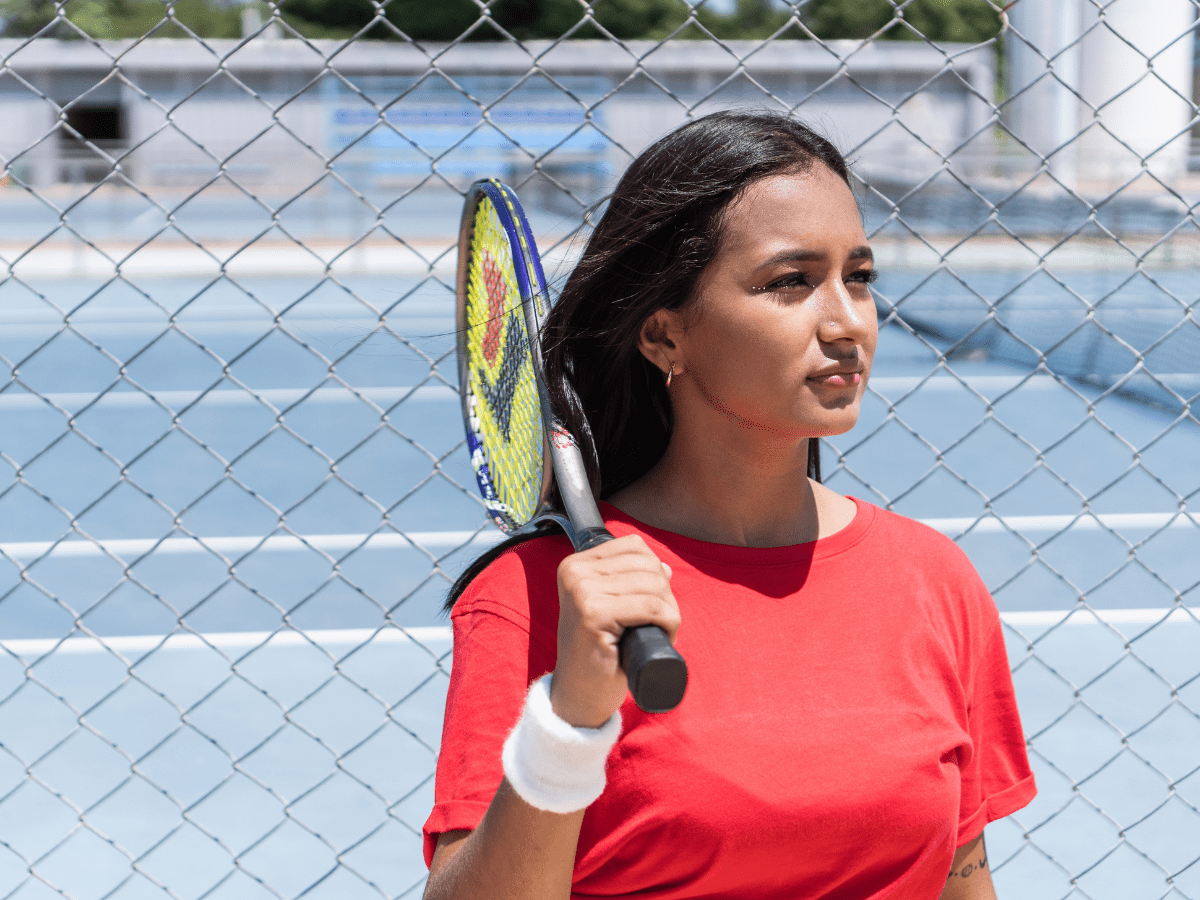
For athletes, sport is about pushing limits of skill, strength, and endurance. But what happens when the greatest challenge isn’t physical at all? For many, especially young athletes, the most persistent struggle exists in their own minds: body image.
Dr. Catherine Sabiston, a professor in the Faculty of Kinesiology and Physical Education at the University of Toronto and the Director of the Mental Health and Physical Activity Research Centre, has spent years studying the intricate relationship between body image and athletic performance. Her findings reveal a troubling reality: negative body image can diminish confidence, impair movement, and even drive athletes away from the sports they love.
Beyond eating disorders: The hidden toll of body image in sport
There’s a tendency to dismiss body image as a ‘fluffy’ topic, Sabiston says.
“And what we’re trying to do is show how absolutely important it is. When we talk about body image, people inherently link body image to things like eating disorders. And yes, there’s a crucial link there, but there’s so much more than eating disorders. It impacts all aspects of life… it impacts the way people relate to others, people’s quality of life, their mental health, their physical health, injury risk, all kinds of aspects of performance.”
Athletes train in environments where their bodies are constantly assessed. Whether it’s a coach commenting on weight, teammates making comparisons, or the silent pressure of mirrors and form-fitting uniforms, body image issues are embedded in the culture of sport.
For many, this internal battle begins young. Girls, in particular, report heightened levels of shame, guilt, and self-consciousness related to their appearance. Sabiston said they had young athletes tell them they never worried about how they looked until the season moved indoors and they found themselves training in a gym plastered with images of ‘ideal’ athletic bodies.
Even well-intentioned elements of sport can contribute to body surveillance. “A coach might put up posters of elite athletes thinking they’re inspirational,” she explains. “But for some, those images reinforce unrealistic expectations and self-doubt.”
Rethinking coaching: Moving beyond body talk
If body image is so central to the athlete experience, why is it rarely discussed in coaching? Often, it comes down to discomfort or lack of awareness.

“There are many times when we hear about athletes going up and talking to their coach and saying, ‘You know I’m having a bad day or I feel really heavy today’ and those conversations get stopped,” Sabiston notes. “Instead, we want to help coaches engage in that conversation. Actually, talk to the athlete and find out why they feel the way they do; why they think of their bodies the way they do. The more equipped the coaches could be to have those conversations, the better because then athletes feel heard. And it’s critical, to feel heard as an athlete and to feel like your coach has your back in this area that’s so prominent in in sport.”
Small changes in language can have a big impact. Shifting focus from weight and appearance to performance and ability. “We need to remove weight-based commentary entirely. It’s not necessary and it’s often harmful.”
Beyond language, the training environment itself plays a role. Coaches should assess everything from the imagery in their facilities to the structure of weigh-ins.
Sabiston says the types of questions sport leaders need to consider are asking yourself if you are measuring progress based on weight or body shape and size? Or are you unintentionally fostering a culture of comparison?
The uniform problem: When clothing becomes a barrier
One of the more contentious issues in body image or body surveillance and sport is uniforms. For many athletes, particularly young girls, what they wear can determine whether they feel comfortable competing at all.
“Especially in youth sport, the uniforms are important and such a contentious issue for athletes and girls specifically around being able to choose comfortable fitting uniforms.,” says Sabiston. “If the uniform is causing [the athlete to have] attention on their body, they’re not performing at their best. Their attention resources that are otherwise needed for their performance are at capacity thinking about how they look.”
The solution? Options. “Coaches and administrators need to make sure that the manufacturers they’re working with are giving lots of different sizes and styles of uniforms because these girls need to feel comfortable. Athletes should be able to choose uniforms that fit well and feel good. From the work that we’ve done with younger kids or pre-adolescent girls, their bodies might change 3 times in a season based on puberty alone. So, not only making sure you have 1 uniform for 1 season or 2 seasons but making sure that you have enough uniforms that girls can grab what they need when they need it.”
Even factors like menstruation need to be considered. “If an athlete is worried about visibility while competing, that’s a huge distraction,” Sabiston notes. “We need to be proactive in providing comfortable, performance-friendly options.”
It’s not just a girls’ issue: How boys experience body image in sport
While body image struggles are often framed as a female issue, research suggests boys and men experience them too, just differently.
There’s been far more research on girls, but that doesn’t mean boys, men or gender diverse individuals are immune, says Sabiston. “There are tremendous body image challenges across the spectrum of gender. If you think historically boys are going to be more impacted by muscularity-based factors versus fat-based factors than girls tend to be but it’s not always the case either. There are many boys who worry about fatness and body size in a similar way.”

In their study, Sabiston and her team found that when boys and girls equally experienced body image challenges, it impacted their performance. Both struggled with self-consciousness, and when they did, their reaction times slowed, their decision-making faltered, and their confidence dropped, Sabiston says.
Shifting focus: Strategies for athletes to cope with body surveillance
For athletes facing body image struggles, Sabiston emphasizes the importance of shifting attention away from appearance and toward performance. “A positive relationship with how the body functions, its skill, strength, and endurance, is crucial,” she says. “Focusing on what the body can do rather than how it looks can help athletes feel more in control.”
One of the most effective approaches, she explains, is self-compassion. Athletes who practice self-compassion, who treat themselves with kindness rather than criticism, tend to have a healthier body image and perform better. This can involve self-talk strategies, such as replacing negative thoughts with positive ones, or avoiding environments that heighten body scrutiny, like spaces filled with mirrors or uniforms that feel restrictive.
Training and performance spaces should also be designed to reduce appearance-related pressures. “For some, mirrors are necessary for technique, but for many, they’re not. Wearing comfortable clothing, training in environments that prioritize function over form… these are small but impactful changes.”
Additionally, Sabiston stresses the importance of fostering supportive team cultures. “Athletes spend a lot of time around each other, and the way they talk about bodies matters,” she says. “Avoiding body comparisons, being mindful of the language used in locker rooms, and promoting body diversity in sport are all essential steps.”
Changing sport culture: The path forward
So what needs to change? For Sabiston, the answer starts with education. Coaches, trainers, administrators, everyone in sport needs to be informed about body image and its impact, she says.
The goal is to create environments where athletes feel supported, not scrutinized. That means:
- Eliminating weight-based commentary in coaching and training.
- Providing uniform options that allow for comfort and choice.
- Designing training spaces that don’t reinforce harmful body ideals.
- Encouraging open conversations about body image without stigma.
- Recognizing that body image affects all athletes—not just women and girls.
Sport has the power to build confidence and resilience, but only if athletes feel safe in their own skin. If we want to keep young people engaged in sport, we need to make sure they’re not battling their own bodies just to stay in the game.
For more about Dr. Catherine Sabiston’s work and research: https://discover.research.utoronto.ca/15159-catherine-sabiston/grants